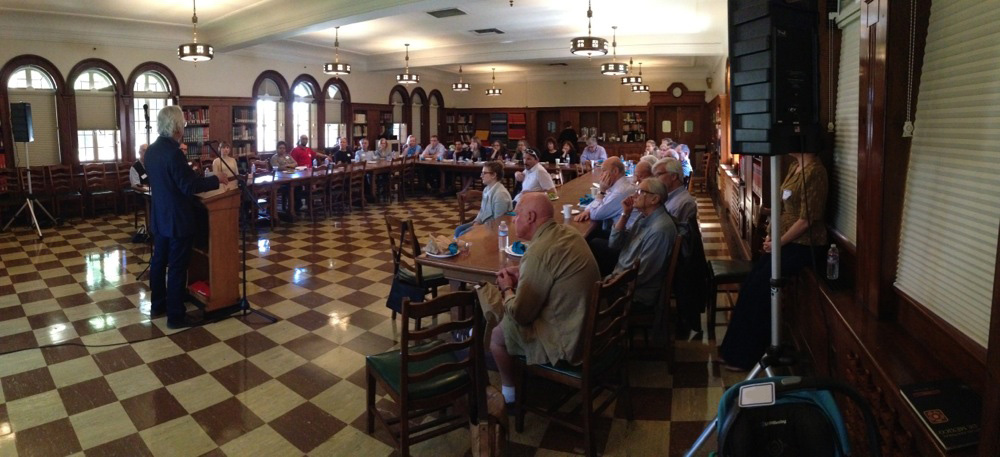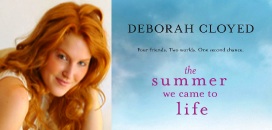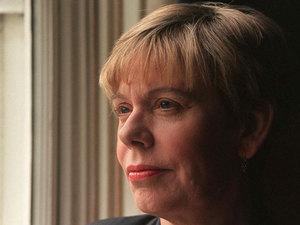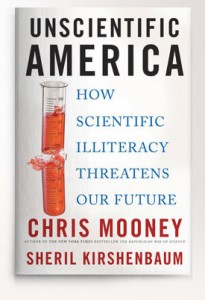No doubt you’ve been aware of the recent debate that has been raging about whether or not the scientific case for climate change has been exaggerated by various scientists, in the light of the content of a long series of emails. It’s all over the news, and so I am sure I don’t need to point to all the news stories, commentaries, and – sad to say – convenient distractions that have been constructed on the basis of them by the climate change deniers, especially those with vested interest in the status quo. (Follow the climategate tag at The Intersection for some of the links, and a sampling of the discussions, and do look at the Nature editorial for example.) This matter, and the debates it has reignited, is of course a major issue in view of the upcoming work to be done by the leaders of the world’s major economies in Copenhagen later this month.
A key point here is to realize that when science intersects with politics – especially the kind of rabid, personal, dirty politics that surrounds the climate change issue – the grey areas that are already present in honest science can get further muddied by the fact that scientists are human beings who don’t always act perfectly in all situations, and whose actions (well emails suggesting certain actions) can also be subject to question (especially when we don’t have all the facts concerning context, etc, on several of the emails which seem very ambiguous to me).
There are two things to keep in mind. The first is that there is a global community of scientists at work here, with so many different approaches, motivations, contexts, data sets, and so forth that have been brought to bear on the matter of climate science. To think that a series of emails from some small subset of them (that may or may not suggest that data have been presented unevenly, for whatever reasons) can undermine a huge body of work and conclusions from an entire worldwide scientific community is to seriously misunderstand what science is about, and how it works. 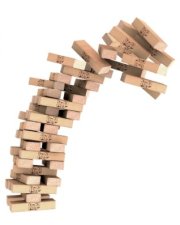 It is not a tall, tottering late-stage game of jenga, where there’s a danger that at any moment one of the little wooden sticks will wobble and bring the whole game crashing to the ground. Instead, it is a highly interwoven collection of findings, ideas, analysis, and conclusions that are supported by a wide variety of pieces of evidence, all arriving at the same striking picture – Our world is changing fast and our actions are highly relevant to these changes both past, present and future. Instead of a jenga construction, think more of a woven tapestry. Pulling out a few threads changes it a little bit, but it does not make the whole thing unravel and destroy the picture. Or, if you like, think of a pyramid structure, like the lovely Pyramid of the Sun at Teotihuacán in Mexico (image borrowed from here). […] Click to continue reading this post →
It is not a tall, tottering late-stage game of jenga, where there’s a danger that at any moment one of the little wooden sticks will wobble and bring the whole game crashing to the ground. Instead, it is a highly interwoven collection of findings, ideas, analysis, and conclusions that are supported by a wide variety of pieces of evidence, all arriving at the same striking picture – Our world is changing fast and our actions are highly relevant to these changes both past, present and future. Instead of a jenga construction, think more of a woven tapestry. Pulling out a few threads changes it a little bit, but it does not make the whole thing unravel and destroy the picture. Or, if you like, think of a pyramid structure, like the lovely Pyramid of the Sun at Teotihuacán in Mexico (image borrowed from here). […] Click to continue reading this post →
 This is one of the best interviews I’ve done about #thedialoguesbook so far. Eric Newman is an excellent interviewer, and for the first half of the Los Angeles Review of Books (LARB) radio hour we covered science and its intersection with art, culture, philosophy, religion, politics, and more!
This is one of the best interviews I’ve done about #thedialoguesbook so far. Eric Newman is an excellent interviewer, and for the first half of the Los Angeles Review of Books (LARB) radio hour we covered science and its intersection with art, culture, philosophy, religion, politics, and more! 
